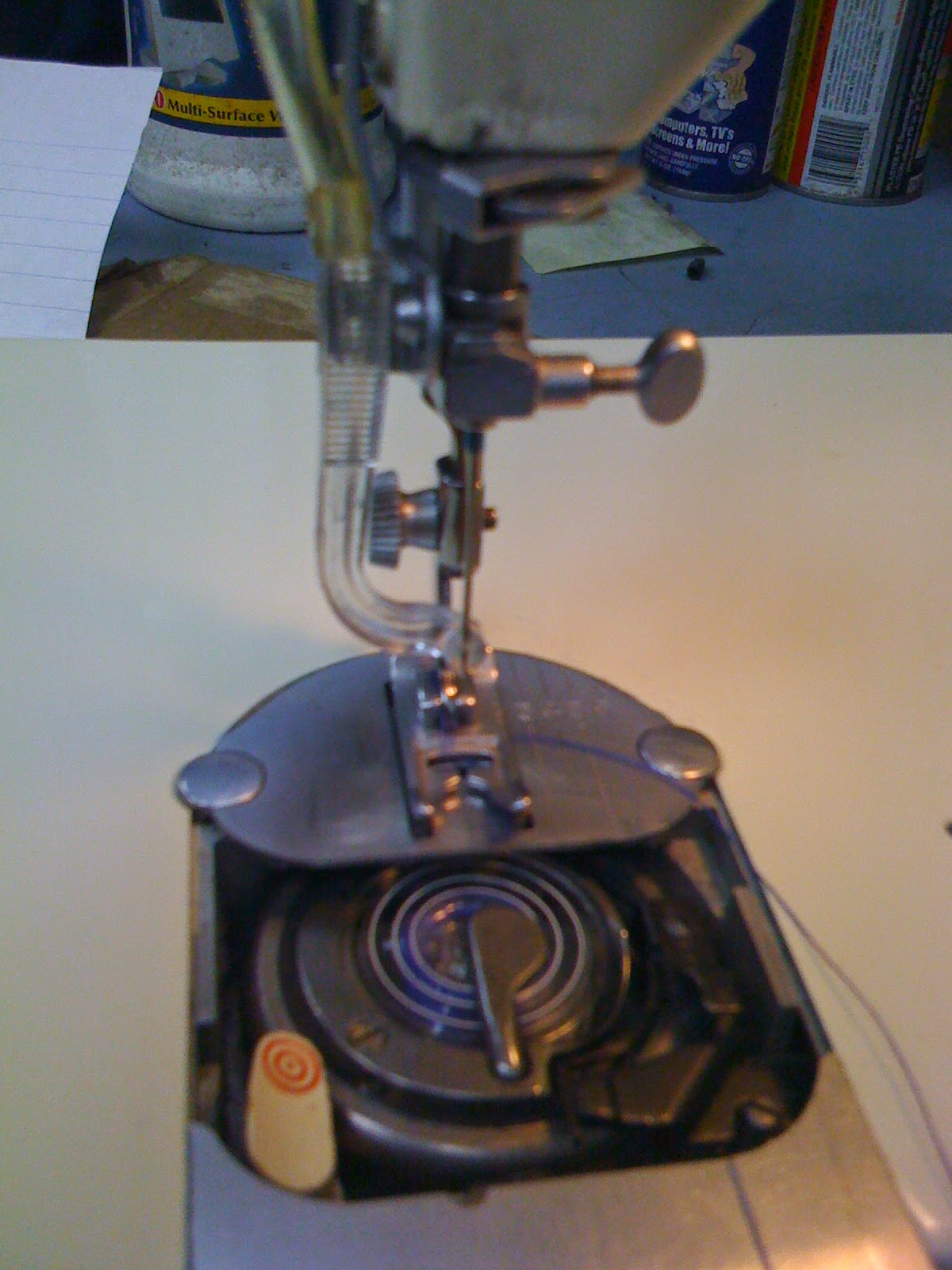Fix Sewing Machines Institute
If you ever thought you might like to learn sewing machine repair, look no further.
If you imagine yourself as a professional sewing machine technician, the key to your success may be closer than you thought.
If you want to build your own business as a sewing machine technician, check out the one resource with proven track record.
For many years, David and Jeremiah Trumble have provided thousands of students with the knowledge and skills to become highly successful sewing machine technicians.Study at home materials are available through their Pro Training Series of 7 E Courses and Video Series.Five times each year, In their comprehensive correspondence program, the include the complete Pro Training Series, Video Series, and a massive set or manufacturer's service and parts manuals and resource.
Fix Sewing Machines Institute hosts a live professional sewing machine repair institute about five times each year in Killeen, Texas with students coming from all across the US and several foreign countries.
The live institute lasts three days and provides comprehensive training in mechanical, computerized, and light industrial sewing machines as well as sergers and embroidery machines. When a student completes the course, they receive a diploma certification as sewing machine technicians, and are ready to begin work as technicians for dealerships, factories, design and production companies, institutions, or in their own business.
Below are pictures of our July, 2015 Institute.

































